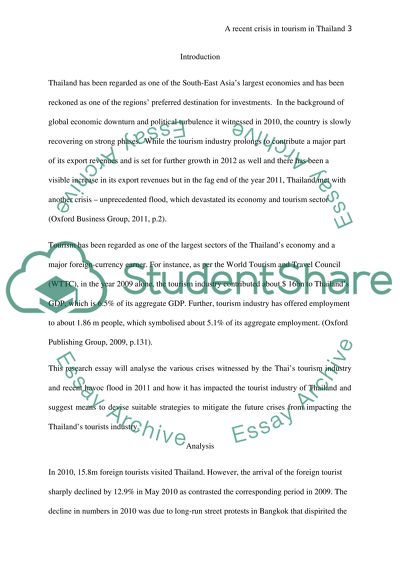Cite this document
(“A recent crisis in tourism in Thailand Essay Example | Topics and Well Written Essays - 3000 words”, n.d.)
Retrieved from https://studentshare.org/tourism/1394316-a-recent-crisis-in-tourism-in-thailand
Retrieved from https://studentshare.org/tourism/1394316-a-recent-crisis-in-tourism-in-thailand
(A Recent Crisis in Tourism in Thailand Essay Example | Topics and Well Written Essays - 3000 Words)
https://studentshare.org/tourism/1394316-a-recent-crisis-in-tourism-in-thailand.
https://studentshare.org/tourism/1394316-a-recent-crisis-in-tourism-in-thailand.
“A Recent Crisis in Tourism in Thailand Essay Example | Topics and Well Written Essays - 3000 Words”, n.d. https://studentshare.org/tourism/1394316-a-recent-crisis-in-tourism-in-thailand.


